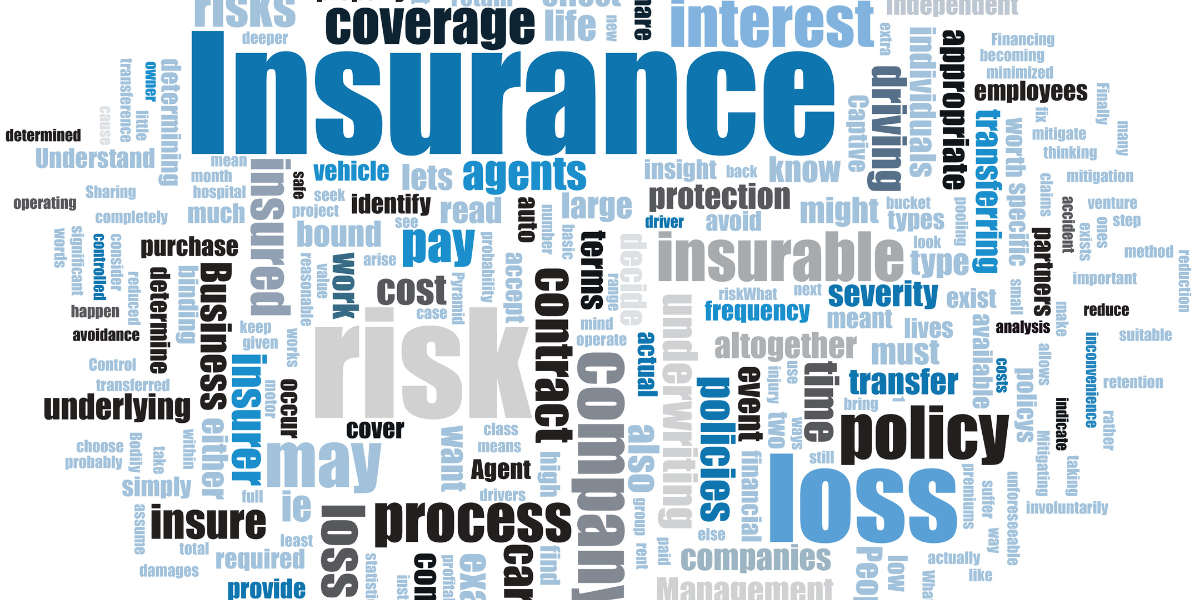
As Australian businesses rapidly adopt cloud systems, hybrid workplaces, and AI-powered tools, the nature of commercial risk has fundamentally changed. Yet many organisations still rely on traditional insurance policies that were never designed to manage digital exposures, operational interruptions, or modern regulatory obligations.
For SMEs, the shift toward cyber resilience is no longer optional. It is becoming a core requirement for securing long-term stability, protecting customer data, and safeguarding operational continuity. This is especially important for businesses seeking comprehensive protection across key policies, including Cyber Insurance for SMEs, Business Insurance Australia, Public Liability Insurance, Professional Indemnity Insurance, and Commercial Property Insurance.
The New Risk Environment: A Changing Landscape for SMEs
Remote & Hybrid Work Has Expanded the Threat Surface
With staff operating from multiple locations, often using personal devices and varied WiFi networks, cyber exposures have increased significantly. Remote environments frequently fall outside traditional Small Business Insurance Australia policies unless updated to reflect modern working conditions.
Key risks include:
- Unsecured home networks
- Personal device vulnerabilities
- Cloud file-sharing misconfigurations
- Remote contractor access without adequate controls
These operational changes demand more comprehensive cover such as Cyber Liability Insurance and modernised Business Insurance packages.
AI Tools Introduce New Professional Liability Exposures
Businesses increasingly rely on AI for forecasting, content generation, analytics, and customer service. However, AI-generated outputs can:
- Provide inaccurate or misleading information
- Trigger regulatory compliance issues
- Impact clients or third parties negatively
These risks directly affect Professional Indemnity Insurance requirements, as businesses may still be held liable for AI-driven errors or misinterpretations.
.png)
Cyberattacks on SMEs Continue to Accelerate
SMEs represent the largest target group for cybercriminals in Australia due to:
- High-value customer data
- Reliance on cloud systems
- Often, insufficient cybersecurity controls
Common threats include ransomware, business email compromise, phishing attacks, and supply-chain breaches. Without dedicated Cyber Insurance for SMEs, the financial impact can be severe.
Why Traditional Business Insurance Is No Longer Enough
Limited Coverage for Digital Disruption
Traditional Business Insurance Australia policies typically protect against:
- Fire
- Theft
- Property damage
- Physical liabilities
However, they rarely cover:
- Ransomware attacks
- System outages
- Data breaches
- Cloud service failures
- Digital supply chain interruptions
This leaves significant gaps without the addition of Cyber Liability Insurance or tailored SME cyber cover.
Remote Work & Cloud Operations Create Policy Gaps
Older business packs may exclude loss or liability involving:
- Personal laptops
- Overseas contractors
- Remote system breaches
- Unsecured home networks
These gaps highlight the importance of pairing business packs with comprehensive Cyber Insurance, Contractor Insurance, and Trades Insurance for hybrid operations.
Regulatory Obligations Require Modern Protection
Under the Notifiable Data Breaches (NDB) Scheme, businesses may face legal, notification, and compliance costs after a breach costs that only Cyber Insurance for SMEs typically covers.
Essential Insurance Features for a Cyber-Resilient SME
1. First-Party Cyber Cover
A modern cyber policy should include protection for:
- Digital business interruption
- Data recovery and restoration
- Forensic investigation
- Crisis management & PR costs
- Cyber extortion and ransomware
This supports continuity and minimises downtime.
2. Third-Party Liability Cover
Critical for businesses providing professional advice or services, including:
- Privacy breach liability
- Client compensation claims
- Regulatory penalties
- AI-related decision-making errors
These exposures directly relate to Professional Indemnity Insurance and Public Liability Insurance obligations.
3. Comprehensive Commercial Asset Protection
Pairing cyber cover with Commercial Property Insurance ensures:
- Equipment
- Technology infrastructure
- On-premise servers
- Business contents
are protected from physical damage that may also impact digital systems.
4. Protection for Trades, Contractors & Field Businesses
Modern trades and mobile operators rely heavily on digital tools, invoicing apps, and remote scheduling platforms. To protect these operations, SMEs typically require:
- Trades Insurance
- Contractor Insurance
- Cyber Liability Insurance
These policies ensure operational continuity even during digital interruptions.
Building a Cyber-Resilient SME: Key Steps
Step 1: Conduct a Cyber Risk Assessment
Identify:
- Digital asset vulnerabilities
- Remote access risks
- Cloud service dependencies
- Potential downtime costs
This forms the foundation for enhanced cyber resilience and insurance planning.
Step 2: Strengthen Operational Cybersecurity
Implement:
- Multi-factor authentication
- Regular system patching
- Network segmentation
- Cloud backup routines
- Employee security training
Step 3: Review & Modernise Insurance Policies
Ensure your policies include appropriate cover for:
- Digital exposures
- AI-related liabilities
- Remote work operations
- Cloud and vendor-based risks
A broker can help optimise your mix of Business Insurance, Cyber Insurance, Professional Indemnity, and Public Liability Insurance.
Frequently Asked Questions
1. What is Cyber Insurance for SMEs?
Cyber Insurance for SMEs provides financial protection from cyberattacks, data breaches, ransomware, system failures, and privacy liabilities. It covers recovery costs, downtime, legal expenses, and third-party claims.
2. Does standard Business Insurance Australia cover cyberattacks?
No. Traditional business insurance typically excludes digital incidents unless a cyber extension or dedicated cyber policy is added.
3. Why do SMEs need Professional Indemnity Insurance in the AI era?
AI tools can generate inaccurate outputs that affect clients. Professional Indemnity Insurance protects businesses from claims involving advice, errors, omissions, or damages caused through AI-supported decision-making.
4. Are remote employees and contractors covered under cyber insurance?
Only if your policy includes remote work and BYOD (bring-your-own-device) coverage, many older policies exclude personal-device breaches.
5. What is the difference between Cyber Liability Insurance and Cyber Insurance?
Cyber Liability Insurance focuses on third-party claims, whereas Cyber Insurance encompasses both first-party losses (such as data restoration and business interruption) and third-party liabilities.
6. How often should SME insurance policies be updated?
At least annually, or immediately when adopting new technologies, expanding remote operations, hiring contractors, or implementing cloud-based systems.






.svg)


.png)
